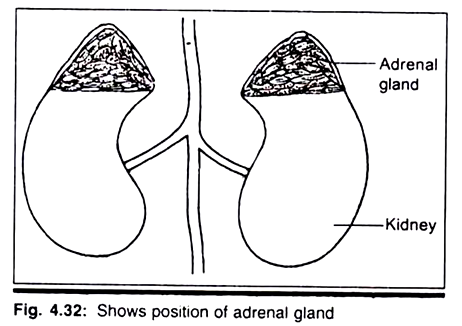In this article we will discuss about the anatomy of guinea worm (explained with diagram).
The anatomy of the female is best known, the male remaining virtually unknown until Moorthy and Sweet (1936), obtained them in experimentally infected dogs. The males are much smaller than the females and measures 12-30 mm in length, 0.4 mm in breadth and were found 15-20 weeks after infection but were not found when the gravid females were found in the skin at the end of 15 months.
Posteiror end of male consists of 10 pairs of papillae (4 pairs are pre-anal and 6 pairs post-anal). Male is provided with equal-sized filiform spicules and gubernaculum.
The female is a slender long worm and reaches a length of 100-400 cm with a diameter of 1.5-1.7 mm. The head end is bluntly rounded and the posterior extremity is tapering and is bent to form a hook. The body is cylindrical smooth and milky white in colour. Female is didelphic with apposed uteri and vulva near the middle of the body.
The worm is viviparous and it contains numerous embryos in its much enlarged uterus which fills up the body cavity. The gravid female discharges embryos in successive batches for a period of about 3 weeks until it completely empties its uterine contents. The body fluid is toxic in nature and causes a blister if it escapes into the tissues (Fig. 10.1 and 10.3).
At the anterior end of the worm is a cuticular ring bearing a mouth, a inner circlet of six labial papillae and an external circlet of four double papillae. The oesophagus of the worm has 2 regions, an anterior narrow muscular region and a posterior broad glandular region. The life span of the female is about one year and that of the male is not more than six months.
Embryos:
The embryos are coiled bodies with rounded heads and long slender tapering tails. They measured 650-750 μm in length and by 17-20 μm in breadth, at the widest part. They are only set free at the time of parturition when the affected part comes in contact with water. Further development of these embryos occurs in the body of a fresh water zooplankton like Cyclops (fresh water crustacean). Unless taken up by Cyclops, they can live only for a period of about 4-7 days.


